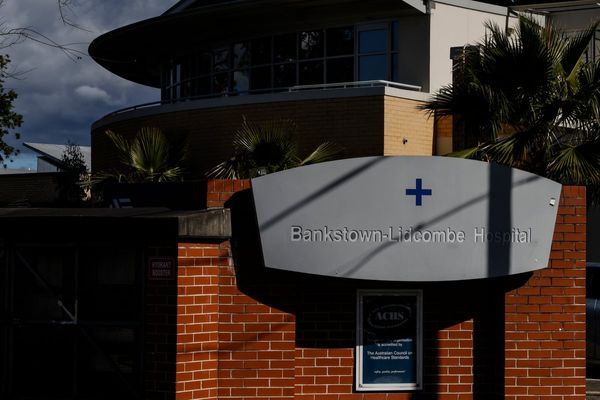The U.S. Federal Reserve on Wednesday implemented its steepest interest rate increase in more than 27 years as it fights to rein in runaway inflation. Barely six weeks after raising the policy rate by half a percentage point and underscoring the likelihood of “additional 50-basis-point increases” at the next couple of meetings, Chairman Jerome Powell stressed it had become “essential” to increase the rate instead by 75 basis points to bring inflation down. The overarching message, he asserted, was that the Fed recognised the ‘hardship high inflation was causing’ and had the resolve to restore price stability with singular focus. Acknowledging that inflation had ‘surprised to the upside’ since the Federal Open Market Committee (FOMC) had last met in May, he said the committee agreed that the larger increase was required to anchor inflation expectations. With U.S. Consumer Price Index based inflation quickening to a fresh four-decade high of 8.6% in May, spurred by housing, petrol and food prices, the Fed admitted that price pressures had spread to a broad range of goods and services. Even as it realises that it has very little control over supply side factors, including Russia’s invasion of Ukraine and COVID-related lockdowns in China, the U.S. central bank said it was determined to continue raising interest rates till it saw ‘compelling evidence’ that inflation was slowing towards its 2% goal. Mr. Powell emphasised that yet another ‘unusually large’ 75-basis-point or a 50-basis-point increase was ‘most likely’ in the meeting in July.
For Mr. Powell and fellow FOMC members, focusing unrelentingly on taming price gains through monetary action, including raising borrowing costs and gradually tightening liquidity, risks squeezing the economy into a recession. It is also a scenario mirrored earlier this month in forecasts by almost 70% of academic economists, polled by the Financial Times and the University of Chicago, who foresee the U.S. economy shrinking in 2023. The Fed recognises that the tighter financial conditions have tempered demand, even as it posits that real GDP growth has rebounded on strong consumption spending. Mr. Powell, who had in May underlined that the Fed would not hesitate to move policy to ‘restrictive’ levels if needed, on Wednesday flagged the reductions in the FOMC’s median projections for growth. Central bankers now see the U.S. economy expanding by 1.7% both in 2022 and 2023, slower than the March forecasts of 2.8% and 2.2%, respectively. For India, the Fed’s actions are likely to result in an acceleration in the recent exodus of foreign portfolio investments, spur more gains for the dollar against the rupee thus widening the trade deficit, and also fuel faster inflation as imported goods, including crude oil, become costlier.







